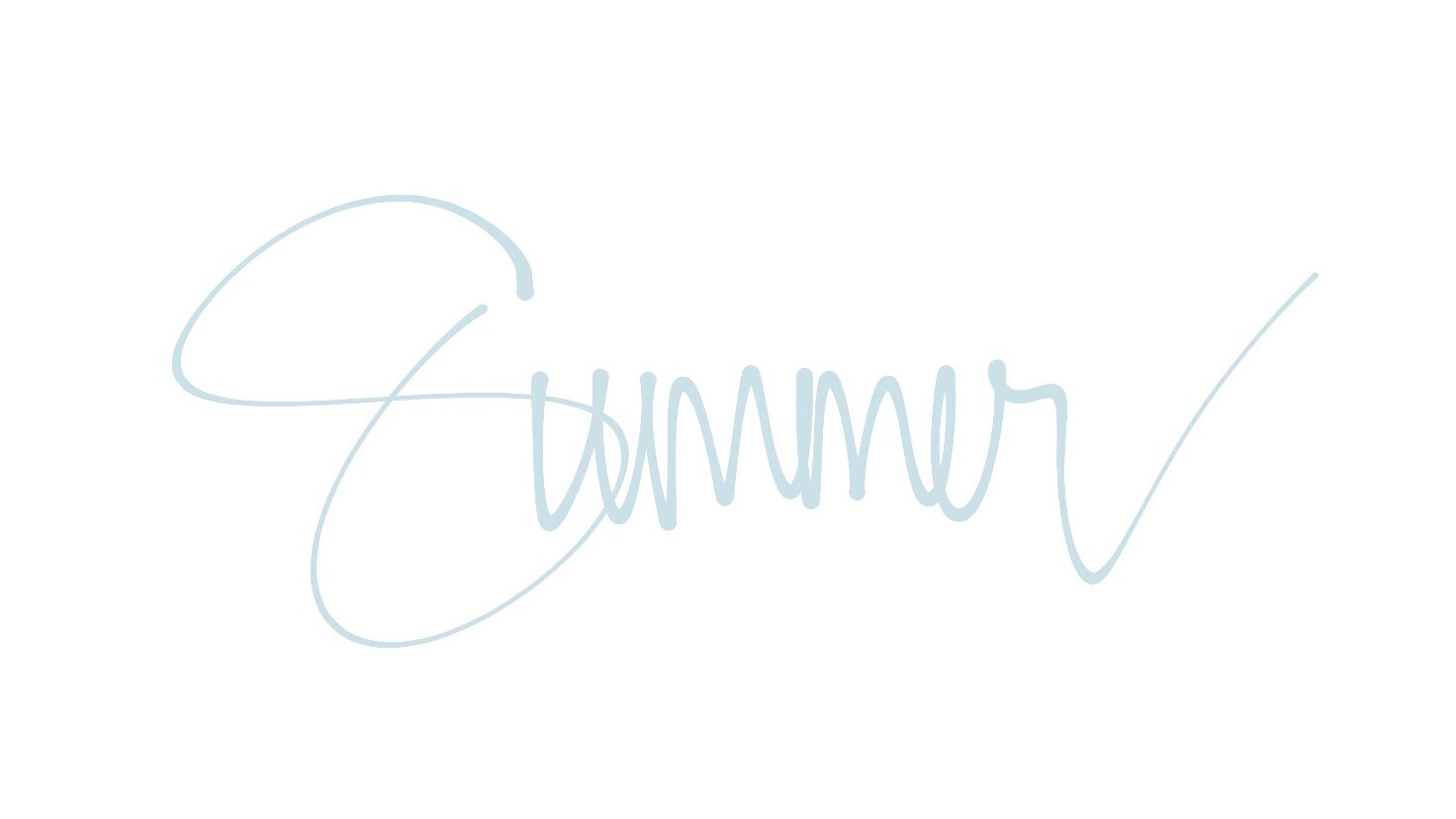Lighting 201: Our Coastal Farmhouse Basics
Happy {a l m o s t} November, Y’all! 🦃
Now that we know about the different types of lighting, I wanted to share with you what we chose to do in our new build Coastal Farmhouse.
Every room (with the exception of our shared dining space and our laundry room) has recessed lighting using daylight LED bulbs that we put on dimmers which provides our general lighting and that is the theme throughout our home. In the bedrooms we did a central ceiling fan (‘cause it’s Florida) surrounded by four recessed lights. In our normal height ceilings we used the new LED retrofit recessed lights (they are all-in-one fixtures, not cans) but in our spaces with 25 foot ceilings we used the recessed can lighting which has changeable bulbs. This basic setup was what I had in my previous home and Matt really loved it so we continued it on in this home. It really has worked well for us. We definitely use decorative lighting in some places in our home, but this post is about the basics.
Since Matt has LOTS of feelings about lighting, I figured it would be good for him to weigh in on this week’s post. He is OBSESSED with dimmers. Read on for his reasoning:
This is a ceiling photo from the girl's’ bedroom
Why dimmable lights?
Everyone loves light, but with today’s new LEDs, sometimes LED light can be too much white light. Our solution was to install dimmable lights throughout the house. Summer installed dimmable lights in her first custom build, and I really thought that this was a great feature that we wanted to emulate in our current custom house. The dimmable lights allow you to save energy and also “set the mood” to whatever event is occurring in the house. For instance, if we have a project going on in the kitchen, we usually prefer a lot of light; but when we are having dinner, we prefer softer lighting. In our bedroom, we usually keep the light at a higher brightness early in the evening, but right before bed, we like to turn the lighting down to correlate with our evening lamp lighting. The ability to control the brightness in rooms highly enjoyable and functional.
The only places we did not install dimmers were in the main lights in the utility room and in the garage. The utility room has small light over the sink that I keep at a lower wattage when I want less light, and in the garage, I keep softer bulbs in the garage door opener, giving me another softer option instead of the LED bar lights that are installed on the ceiling.
Why not just use softer yellow lights throughout the house?
Well, on accident, our electricians actually installed the builder grade “yellow lighting” throughout the entire house. Although we could still dim these lights, the yellow/orange color of these lights was simply not desirable throughout the interior of the house. I had to go back and remove the 84 (YES, 84!!!!!!!) recessed yellow lights they installed, and then replace them with the more desirable white lights. A lot of extra, unnecessary work, but we were happy with the final lighting.
Are all yellow lights bad?
We do still use some yellow, softer lighting on the exterior of the house, to include the porch and over the exterior of the garage doors. We may play with this a little in the future, but we think it creates a better effect to not have full on white light lighting up the outside of the house.
I will link our ambient lighting fixtures and bulbs below. One additional thing: we have noticed that the retrofit fixtures only dim about 50%. We are kid of used to it now but it is not as nice as being able to dim the light 100%.
I sure hope this info makes some sense and is helpful to you! Let me know if you have any questions!
have a blessed Friday!!!!










